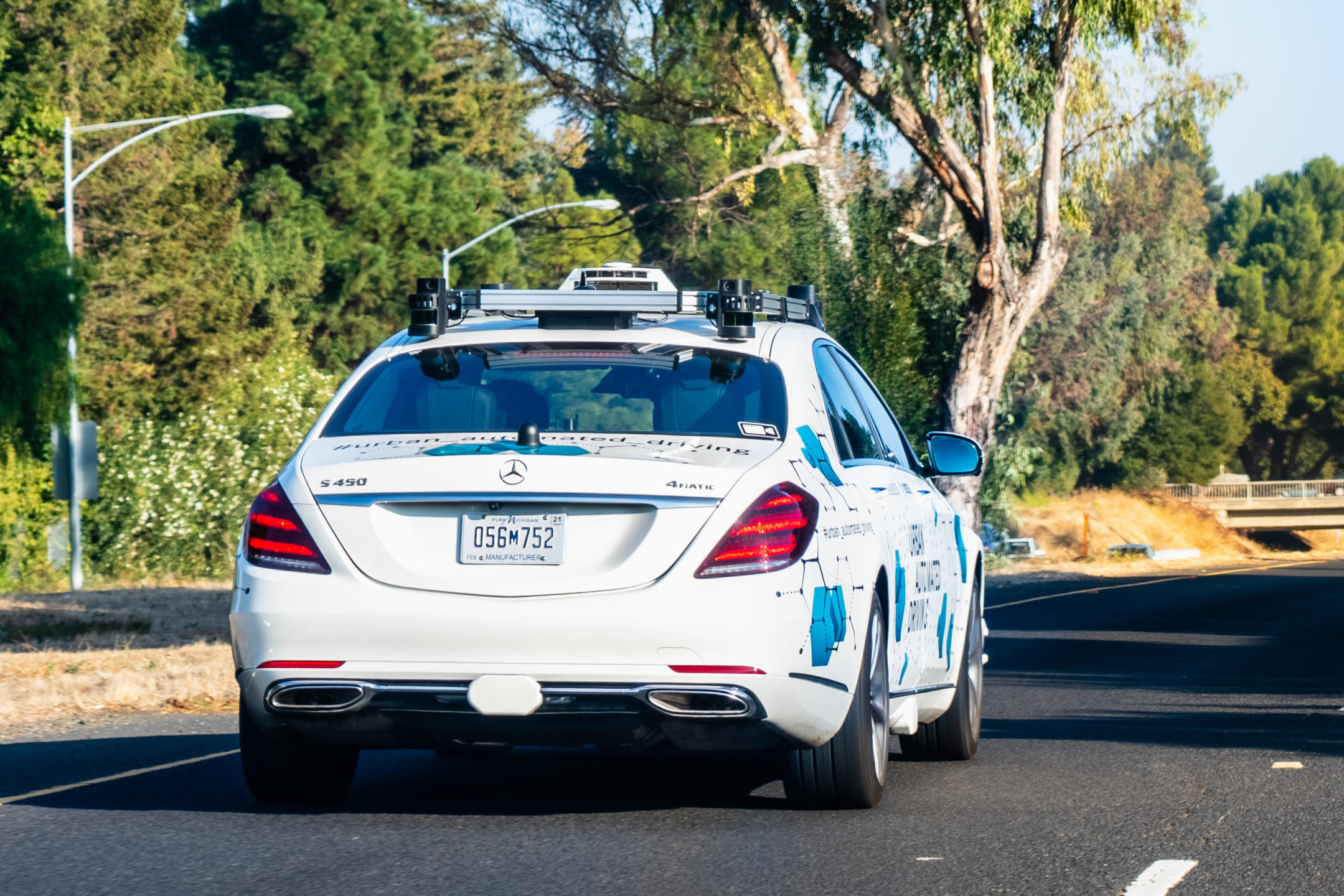
Self-driving cars and the technology that powers them has captured the imagination of the world, and for a while we all thought cars would drive us instead of us driving them.
This is a subject that’s close to our hearts. Udacity’s founder, Sebastian Thrun, is a leading innovator of self-driving car technology. He led the development of Stanley, which was the winner of the 2005 DARPA Grand Challenge, and prior to Udacity, he founded Google X and the company’s self driving car team.
With that said, we’ll look back at how the technology has been applied since its inception, and what’s on the horizon for self-driving cars.
Self-driving Cars Only Existed as Dioramas
The Futurama exhibit at the New York World’s Fair in 1939 was where the first recorded concept of an autonomous car was featured.
This was part of an exhibit designed to give people an idea of how things may look 20 years in the future and included a city diorama with a traffic control tower. The car was controlled through remote control, and the exhibit imagined a future where traffic control towers with dispatchers would direct the movement of traffic.
In the 1950s, a new approach to self-driving car technology was developed. Magnetized metal spikes were embedded in the road and controlled remotely to change the built-in electromagnetic field in the spikes to keep the car on course.
It was during the late 1970s when progress with self-driving cars really started to pick up. Japan-based Tsukuba Mechanical Engineering Lab focused on enhancing and improving the self-driving car created by GM. Cameras are linked to a computer which guides the car down the road using image data processing and sticking to a speed of 20 miles per hour.
Then, in the 1980s, Daimler and Mercedes Benz collaborated to create a van equipped with cameras and sensors that share data with an onboard computer.
In the 1990s, Carnegie Mellon University led the charge with researcher Dean Pomerleau’s thesis on how neural networks could enable a self-driving car to intake raw images from the roadwars and output steering controls in real time.
Thanks to rapidly developing computer technology during this decade, by the end of the millennium, cross country trips in self-driving cars have been completed in Germany, Japan and the U.S.
The 2000s & Beyond: Self-driving Cars Roll Into the Future
That brings us to the early 2000s when The Pentagon became interested in the development of self-driving cars and accompanying technology. The Defense Advanced Research Projects Agency (DARPA) planned a series of competitions, named the Grand Challenges, in 2004, 2005 and then the Urban Challenge in 2007. The competitions offered prize money in the millions and attracted teams from all across the tech industry and academia.
In 2004, nobody won the challenge, but in 2005 the team from Stanford finished first thanks to its use of machine learning to process road imagery.
In 2009, Sebastian Thurn — who headed up the winning team from Stanford — led a project focused on self-driving cars at Google.
By 2010, all of the major automakers and Apple could see the advances being made with self-driving cars by Google and decided to start investing in the development of their own self-driving cars.
Over the next decade, billions of dollars were invested in the industry.
Currently, many cars are considered semi-autonomous with safety features like assisted braking or parking. While Tesla offers a package called “Full Self Driving,” it isn’t actually fully autonomous. The technology required still needs more development as self-driving cars are reliant on comprehensive GPS capabilities and advanced sensing systems.
The Future: Greater Safety Thanks to Self-driving Cars
While there has yet to be a marketable 100% self-driving car available to the general public, as machine learning continues to rapidly advance, some experts predict 2025 to be the year consumers will begin to see self-driving cars coming off the assembly line.
One the biggest benefits of self-driving cars is safety. With the vast majority of traffic accidents being caused by human error, self-driving cars provide an opportunity to make the roads safer for everyone. Self-driving cars aren’t able to text while driving, they don’t get tired and they won’t get distracted by passengers in the car.
Careers such as a Self-Driving Car Engineer will become more in demand as companies continue to compete for dominance in this arena and look for skilled professionals who can innovate.
Leveraging Technology for an Exciting Career with Self-Driving Cars
With all the new technologies currently being developed, the reality of self-driving cars coming to market for consumers is getting closer than ever. In order to enable this, top tech companies will be looking for skilled talent to help bring their plans to fruition.
Are you interested in finding a career in the exciting and evolving industry of self-driving cars?
The Udacity Self-Driving Car Engineer Nanodegree Program teaches how to apply computer vision and deep learning to automotive problems, including detecting lane lines, predicting steering angles, and more.
You’ll also learn sensor fusion used to filter data from an array of sensors in order to perceive the environment and have the opportunity to work with a team to program Carla, Udacity’s real self-driving car.






